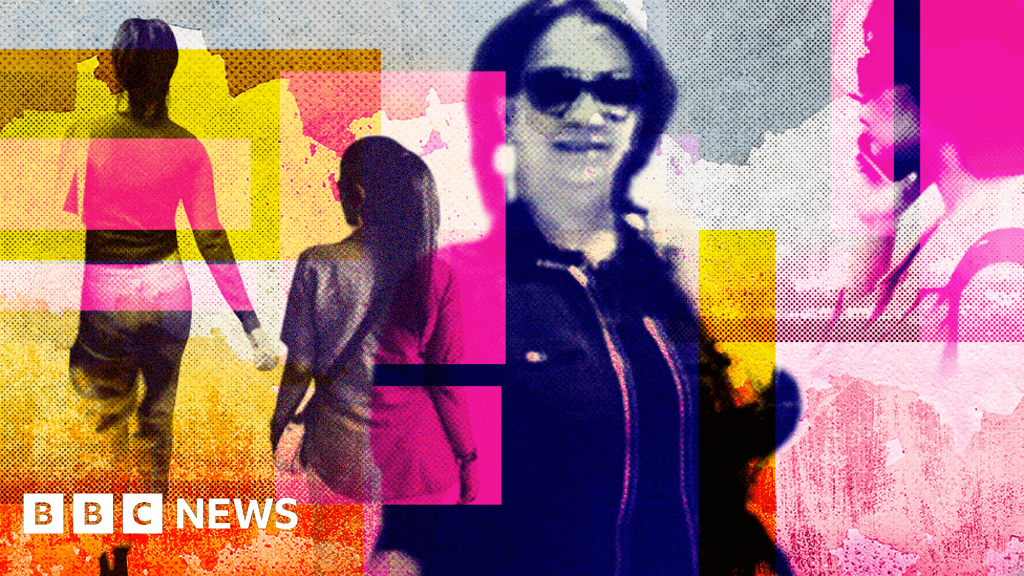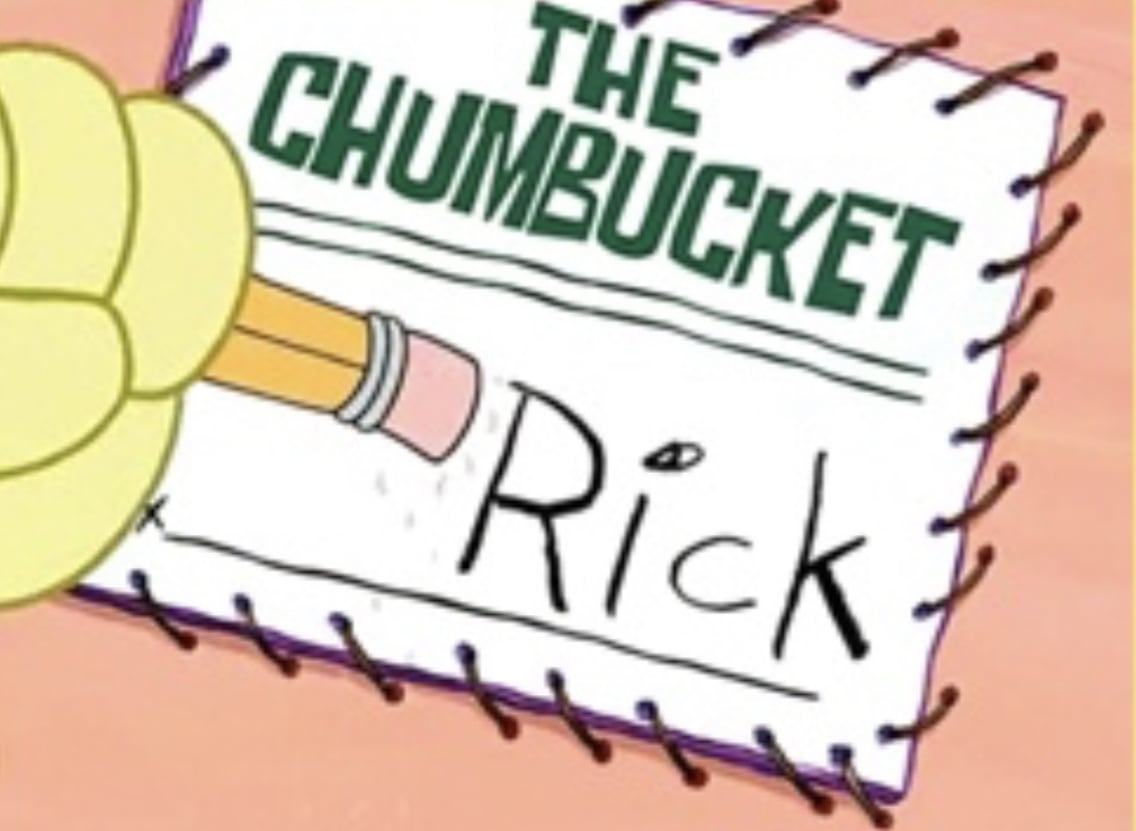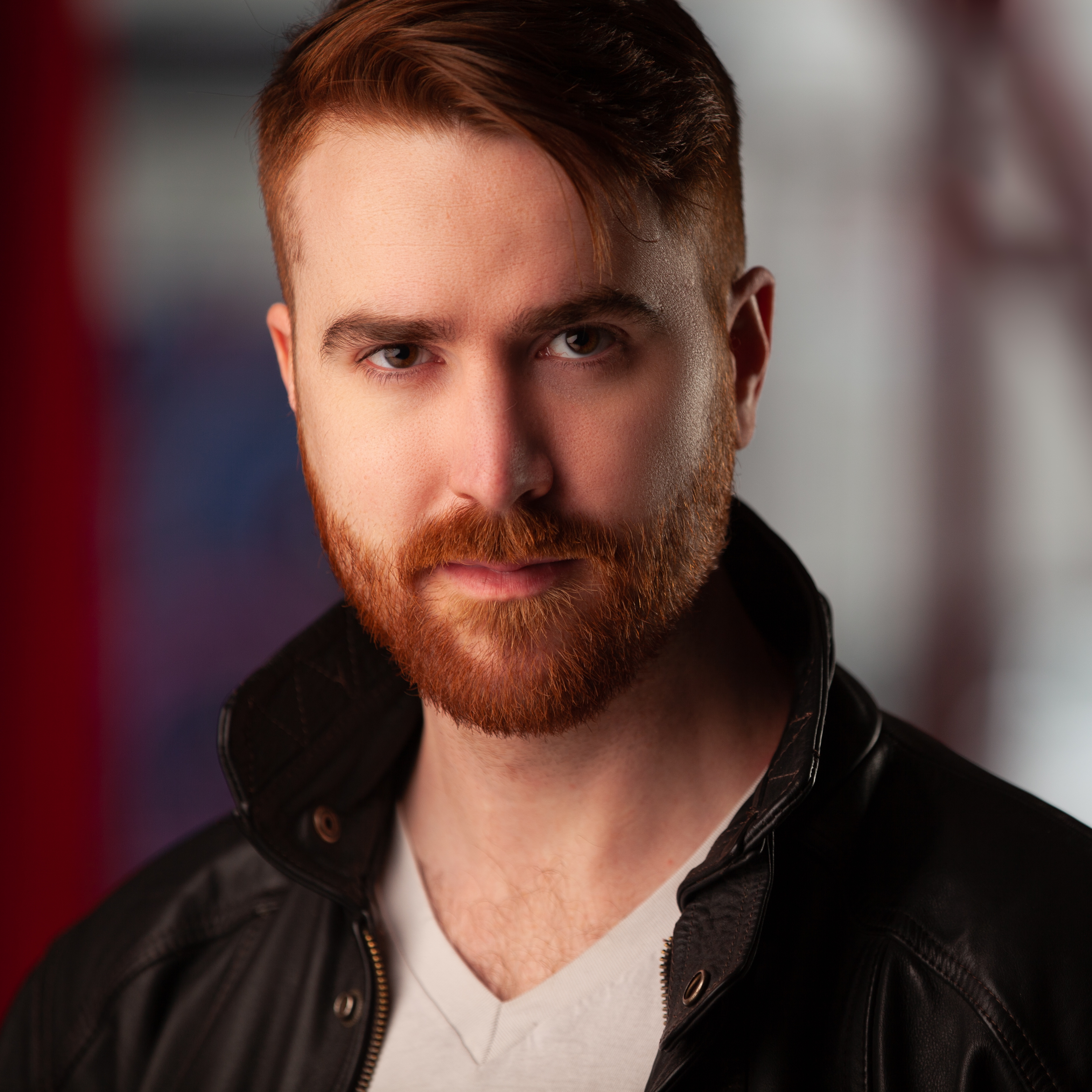- cross-posted to:
- worldnews@lemmy.ml
- cross-posted to:
- worldnews@lemmy.ml
A young woman walks down a street in Tehran, her hair uncovered, her jeans ripped, a bit of midriff exposed to the hot Iranian sun. An unmarried couple walk hand in hand. A woman holds her head high when asked by Iran’s once-feared morality police to put a hijab on, and tells them: “Screw you!”
These acts of bold rebellion - described to me by several people in Tehran over the past month - would have been almost unthinkable to Iranians this time last year. But that was before the death in the morality police’s custody of 22-year-old Mahsa Amini, who had been accused of not wearing her hijab [veil] properly.
The mass protests that shook Iran after her death subsided after a few months in the face of a brutal crackdown, but the anger that fuelled them has not been extinguished. Women have just had to find new ways to defy the regime.
A Western diplomat in Tehran estimates that across the country, an average of about 20% of women are now breaking the laws of the Islamic Republic by going out on to the streets without the veil.
Just a reminder: Ayatollah Ruhollah Khomeini would never have come to power if Mohammad Reza Pahlavi the Former Shah of Iran and his secret police hadn’t been such shits and they were placed in power by British and American oil interests. They deposed a democratic modernising leader, Mohammad Mosaddegh.
The brutal oppression of young women in Iran is the direct responsibility of the MI5, CIA and the oil companies to whom they ultimately answer.
Did the evil west also make the Islamists purge their leftist allies after deposing the Shah? The west is absolutely NOT the proximate cause of the terrible behavior of the clerics. Blame is not forever.
The us literally distributed religious texts to extremists to encourage them to hate outsiders because communists were the outsiders we wanted them to push out at the time:
CIA and State Department have been criticized for publishing textbooks intended to indoctrinate children with racism and hatred towards foreigners and towards non-muslim Afghans.
To be fair, this was in Pakistan and Afghanistan and I know less about Iran. But, yeah. “The west” 100% encouraged this behavior. And we backed mujahedeen extremist warlords in Afghanistan all the way until we pulled out.
The fuck you talking about about, ‘Evil West’? I’m nothing to do with those corrupt fucks and neither are pretty much anyone I know. The ‘security services’ are a faction to themselves working for a certain sector of corporate interest and a peoples and their governments are often not in alignment.
You on the other hand, I’ve seen you several times and several places talking out of your arse, so much so that you’re one of the handful of users that I now recognise. You can fucking do one.
Wow, do you really break down like this every time someone disagrees with you on the internet?
You yeah you I recognize you stand still laddie you can’t have your meat if you don’t eat your pudding. Lash me some more, please, daddy. EDIT: THIS is me talking out of my ass. If you can’t handle my lack of knowledge about cold-weather heat pumps and my mixing of F and C, bug off.
Run along, I think I hear your Mummy calling.
You’re both embarrassing.
I agree.
Well, he probably met Russians at some point, that fucking bastard. After all we’ve done for him. Probably even considered something like universal healthcare.
The women in this article (and throughout Iran) are far braver than I expect that I’ll ever (have to) be.
This is the best summary I could come up with:
The diplomat describes the protests sparked by Mahsa Amini’s death as a huge, and terminal, “turning point” for the regime, which has tried to control how women dress and behave for more than four decades.
Donya says people in Tehran continue to deface government billboards and to write “#Mahsa” and “Woman, Life, Freedom” - the rallying cry of the protests - on walls, mostly on the subway.
The morality police patrols, which were temporarily paused in the wake of the protests following Mahsa Amini’s death, have been visible again in the past few weeks - though Donya says they seem to be wary of provoking direct confrontation for fear of reigniting mass demonstrations.
It’s impossible to gauge exactly how many people would like to see the end of the Islamic Republic, but fury at the regime is widespread, according to film-maker Mojgan Ilanlou, who was jailed last October for four months after taking off her veil and criticising Iran’s supreme leader.
“The women of Iran have crossed the threshold of fear,” she tells me from her home in Tehran, though she admits that the latest round of repression has been so “horrifying” that for 10 days last month she decided to de-activate her Instagram account - where she regularly posts pictures of herself unveiled in public.
A draft law currently before parliament - the so-called Hijab and Chastity Bill - would impose new punishments on women who go unveiled, including fines of 500m-1bn rials [$118-$23,667] and prison terms of up to 10 years for “those who do not comply… in an organised way or encourage others to do so”.
The original article contains 1,801 words, the summary contains 269 words. Saved 85%. I’m a bot and I’m open source!
I can’t wait till they start shiving / shooting those morality police instead of just yelling at them.
They were doing just that with the Basiji last fall, but I’m not sure if that’s continued or not.
I guess a new Iranian Revolution is far from impossible.
I don’t think the reform elements have military support. They’ve never had it. Unfortunately I don’t think they have a clear path to get it. Iran had protests before the so-called Arab spring. They were brutally put down. The fact that these concessions have been made is good, but realistically what they’ve accomplished is that the religious police are more cautious and less publicly brutal. I don’t know what it will take for real reform in Iran but I don’t think they’re there yet.
They still have a long way to go for that to happen.
The first rule of autocratic regime is pamper your military, your police and everybody who has weapons.
The last one put the religious nuts into power
The religious kernel colonels
deleted by creator
deleted by creator









